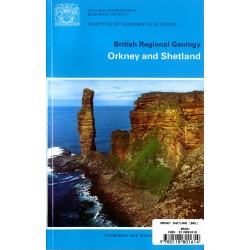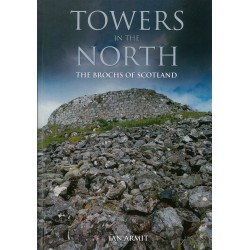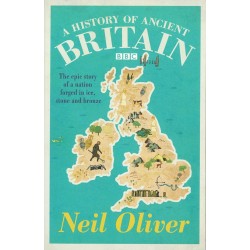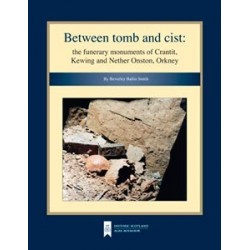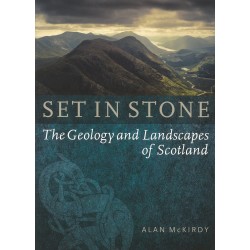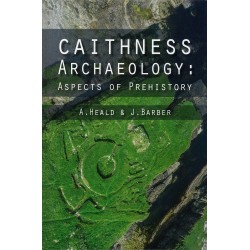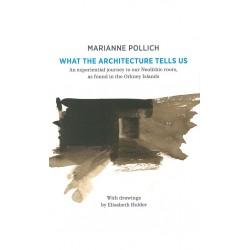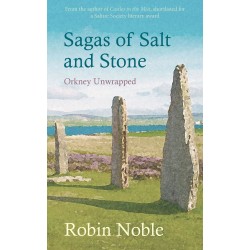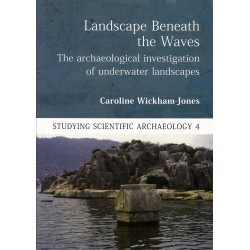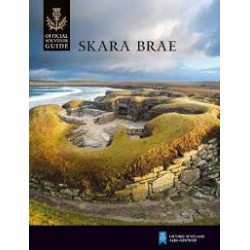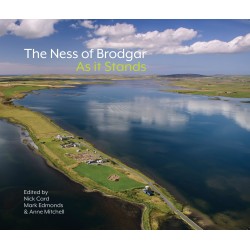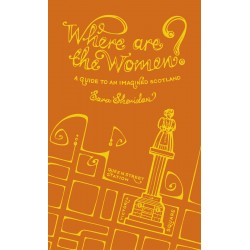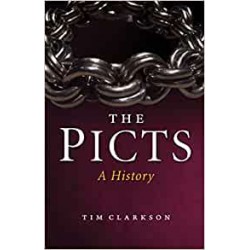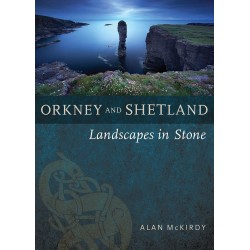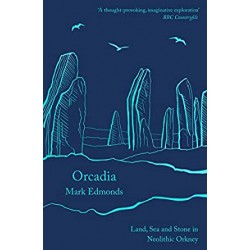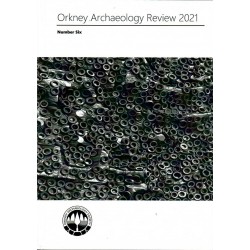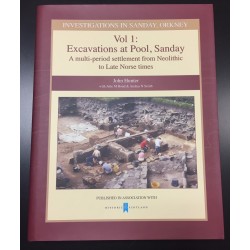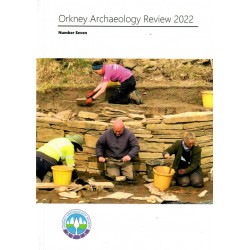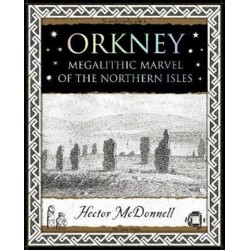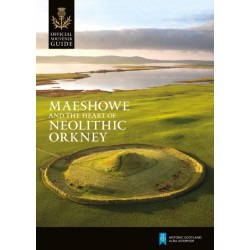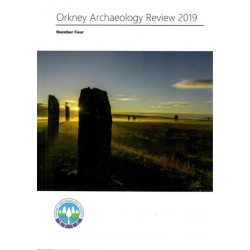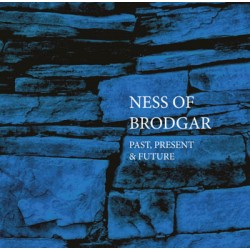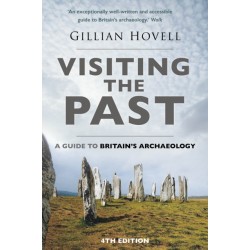No products
Archaeology
- Latest Releases
- Signed Copy Event Pre-orders
- Orkney Guidebooks, Travel Books & Maps
- Calendars, Gifts & Souvenirs
- Orkney Christmas Cards
- Orkney Fiction, Poetry, Folklore & Myths
- George Mackay Brown
- Children's
- Local Author - non-Orkney Related Titles
- Orkney Life, People & Places
- Orkney History
- Maritime
- Photos, Art, Music, Food & Sport
- Nature
- Shetland Books & Maps
- Sale
- 'The Orcadian' Subscriptions
Viewed products
-

The Mystery of Skara Brae
Neolithic Scotland and the Origins of Ancient...
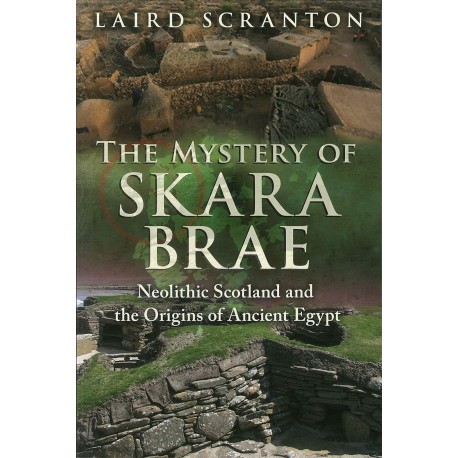 View larger
View larger
The Mystery of Skara Brae
9781620555736
New product
Neolithic Scotland and the Origins of Ancient Egypt.
By Laird Scranton.
Paperback.
- Remove this product from my favorite's list.
- Add this product to my list of favorites.
More info
In 3200 BCE, Orkney Island off the coast of northern Scotland was home to a small farming village called Skara Brae. For reasons unknown, after nearly six centuries of continuous habitation, the village was abandoned around 2600 BCE and its stone structures covered over — perhaps deliberately, like the structures at Gobekli Tepe. Although now well-excavated, very little is known about the peaceful people who lived at Skara Brae, or their origins. Who were they, and where did they go?
Drawing on his in-depth knowledge of the connections between the cosmology and linguistics of Egyption, Dogon, Chinese and Vedic traditions, Laird Scranton reveals the striking similarities between Skara Brae and the Dogon on Mali, who still practice the same cosmology and traditions they once shared with pre-dynastic Egypt. He shows how the earliest Skara Brae houses match the typical Dogon stone houses as well as Schwaller de Lubicz's interpretation of the Egyptian Temple of Man at Luxor. He explains how megalithic stone sites near Skara Brae conform to Dogon cosmology, each representing sequential stages of creation as described by Dogon priests, and he details how the houses at Skara Brae also represent a concept of creation. Citing a linguistic phenomenon known as 'ultraconserved words,' the author compares words of the Faroese language at Skara Brae, a language with no known origin, with important cosmological words from Dogon and ancient Egyptian traditions, finding obvious connections and similarities.
Scranton shows how the cultivated field alongside the village of Skara Brae corresponds to the 'heavenly field' symbolism pervasive throughout many ancient cultures, such as the Field of Reeds of the ancient Egyptians and the Elysian Fields of ancient Greece. He demonstrates how Greek and Egyptian geographic descriptions of these fields are a consistent match with Orkney Island. Examining the similarities between Skara Brae and Gobekli Tepe, Scranton reveals that Skara Brae may have been a secondary centre of initiation and civilizing knowledge, a long-lost Egyptian mystery school set up millenia after Gobekli Tepe was ritually buried, and, given the timing of the site, is possibly the source of the first pharoahs and priests of ancient Egypt.
30 other products in the same category:
-
Orkney and Shetland: British Regional Geology
Orkney and Shetland by The Institute of Geological Sciences.
-
-
A History of Ancient Britain
The epic story of a nation forged in ice, stone and bronze. By Neil Oliver....
-
Between the Tomb and Cist
The funerary monuments of Crantit, Kewing and Nether Onstan. By Beverly...
-
-
-
What The Architecture Tells Us
An experiential journey to our Neolithic roots, as found in the Orkney...
-
-
The Orkney Book of Runes
The Orkney Book of Runes explores the exciting stories of the more than fifty...
-
-
Skara Brae: Official Souvenir Guide.
Skara Brae official souvenir guide book. From Historic Scotland.
-
The Ness of Brodgar: As It Stands
A comprehensive account of the Ness of Brodgar excavations. The 3rd volume in...
-
Orkney and Shetland: Cambridge County Geographies
Cambridge Country Geographies reissued 1920s Guide. By J.G.F Moodie Heddle...
-
Where Are the Women?: A Guide To An Imagined Scotland
Can you imagine a different Scotland, a Scotland where women are commemorated...
-
The Orkney Balfours 1747-99
William Balfour (1719-1786), second laird of Trenaby married Elizabeth...
-
The Picts: A History
In this expanded version of his acclaimed book, Tim Clarkson pieces together...
-
Orkney And Shetland: Landscapes In Stone
This book tells the incredible geological story of the most northerly...
-
-
-
Orkney Archaeology Review 2021
Reports on the archaeological work being done across Orkney and its different...
-
Excavations at Pool, Sanday - Vol 1
Sanday is one of the most fertile of the Orkney islands, and this title...
-
Orkney Archaeology Review 2022
The 2022 Review covers work done at the Ness of Brodgar and by archaeologists...
-
Orkney: Megalithic Marvel of the Northern Isles
The history and the mystery of Orkney. Small paperback. By Hector McDonnell
-
The Development of Neolithic House Societies in Orkney
Edited by Colin Richards & Richard Jones. Paperback.
-
Maeshowe and The Heart of Neolithic Orkney
Official souvenir guide from Historic Scotland. Paperback.
-
Orkney Archaeology Review 2023
The 2023 Review covers work done at the Ness of Brodgar and others, by...
-
-
-
Ness of Brodgar - Past, Present & Future
Reviews work at the Ness of Brodgar over the past 20 years and looks forward...
-


